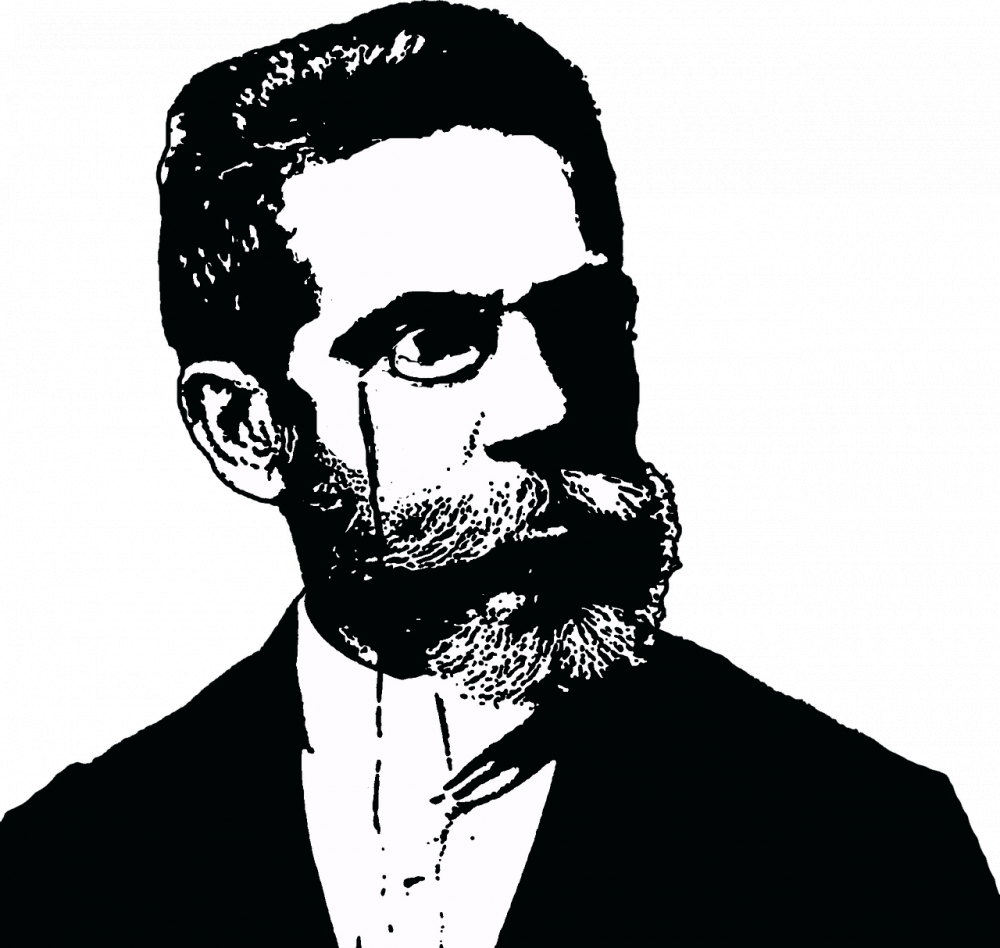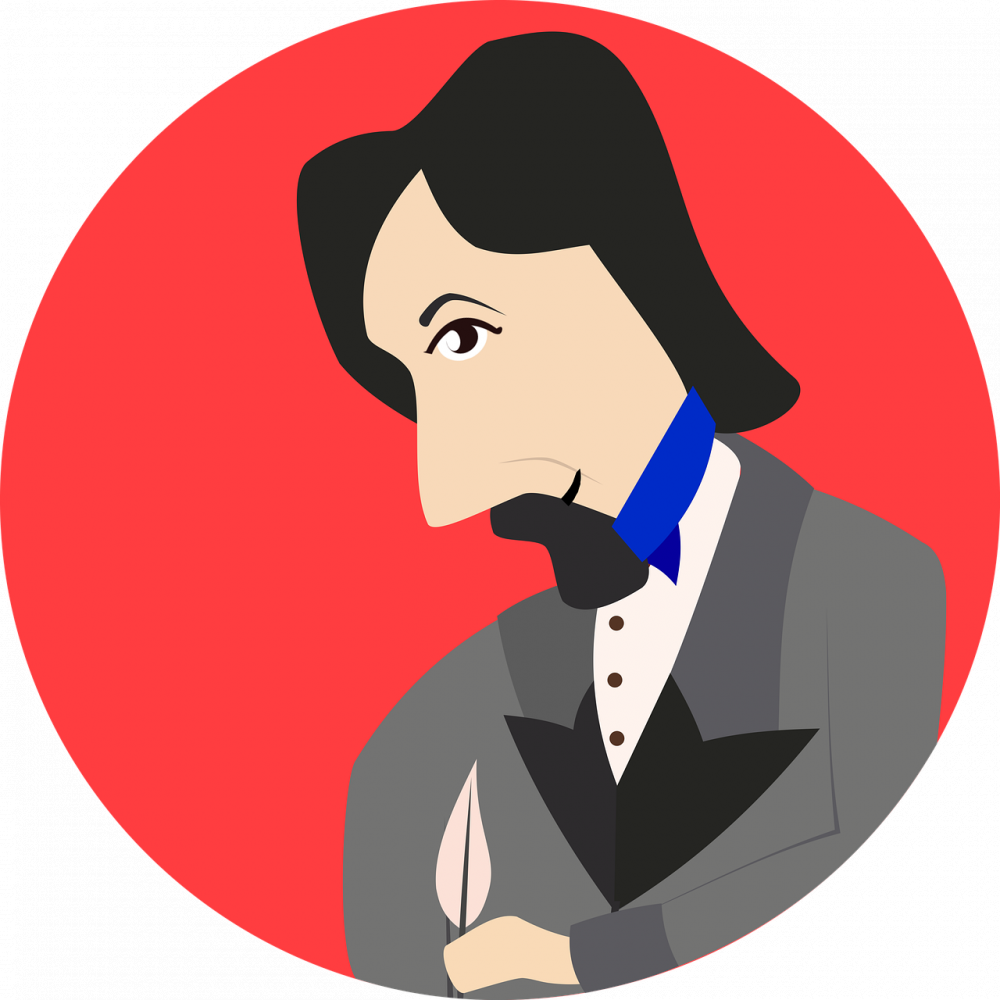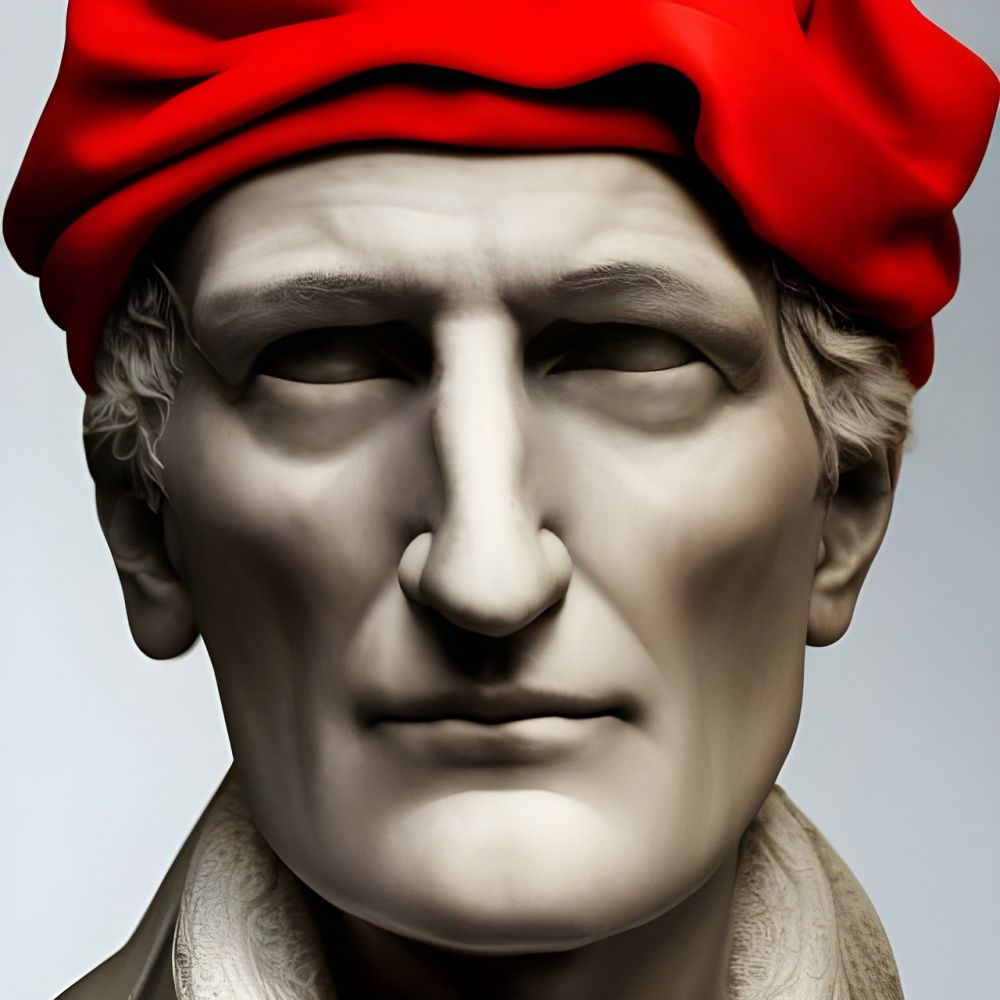Virginia Woolf Books: A Journey Through Time

Introduction:
Virginia Woolf, an influential figure in modernist literature, captivated readers with her unique writing style, insightful narratives, and exploration of the human psyche. In this article, we delve into the world of Virginia Woolf books, offering a comprehensive overview for individuals intrigued by this remarkable author. Whether you are a literature enthusiast, a dedicated collector, or simply curious about her works, this article presents a thorough examination of the importance and evolution of Virginia Woolf’s literary contributions.
I. Understanding Virginia Woolf Books:

A. Exploring the Essence: Virginia Woolf’s books are renowned for their introspective nature, delving into the complexities of human emotions and thoughts. They offer glimpses into the inner worlds of her characters, presenting a vivid portrayal of the human experience.
B. Engaging Themes: Key themes in Woolf’s books include gender, identity, mental health, and the impact of social norms on individuals. Her work challenges conventional notions, paving the way for feminist literature and contributing to the discourse surrounding gender equality and societal expectations.
C. Experimental Writing Style: Woolf’s use of stream of consciousness, interior monologues, and intricate narratives created an innovative approach to storytelling. Her ability to fuse various literary techniques provides a rich reading experience, captivating readers and transforming conventions.
II. A Historical Overview of Virginia Woolf Books:
A. Early Works: Virginia Woolf’s literary journey began with her debut novel, “The Voyage Out” (1915), showcasing her emerging talent as a writer. Following this, novels such as “Night and Day” (1919) and “Jacob’s Room” (1922) established Woolf as a prominent literary figure.
B. The Bloomsbury Group: Woolf’s association with the Bloomsbury Group, an influential gathering of writers and intellectuals, greatly influenced her works. This collaboration fostered creative exchanges and provided a platform for discussions on art, literature, and social issues.
C. A Room of One’s Own: A seminal feminist text, “A Room of One’s Own” (1929) explores gender inequality within the literary world. It serves as an exemplary example of Woolf’s ability to intertwine personal experiences with social and political critique.
D. The Pioneering Work: Virginia Woolf’s most renowned novels, such as “Mrs. Dalloway” (1925), “To the Lighthouse” (1927), and “Orlando” (1928), solidified her reputation as a literary pioneer. These works showcase her mastery of experimental writing techniques and profound exploration of human psychology.
E. The Later Years: In her later years, Woolf continued to produce fascinating works, including “The Years” (1937) and “Between the Acts” (1941). These novels display her evolving writing style and compelling reflections on the passage of time and the transience of life.
III. Virginia Woolf Books as Featured Snippets:
Google searchers seeking information on Virginia Woolf books would find the following featured snippet valuable:
– Virginia Woolf books: A journey through the evolution of her work, exploring themes of identity, gender, and mental health. Discover her experimental writing style and profound exploration of human psychology. Delve into her early works, her association with the Bloomsbury Group, and her most renowned novels.
Conclusion:
Virginia Woolf’s books continue to captivate readers, prompting introspection and offering a deep understanding of the human experience. Through her exploration of themes such as gender, identity, and mental health, Woolf’s literary contributions remain relevant and thought-provoking. By examining her early works, association with the Bloomsbury Group, and landmark novels, one gains a comprehensive understanding of Woolf’s immense impact on literature. Join us in celebrating Virginia Woolf’s timeless works, as they continue to inspire and resonate with art enthusiasts and collectors alike.





